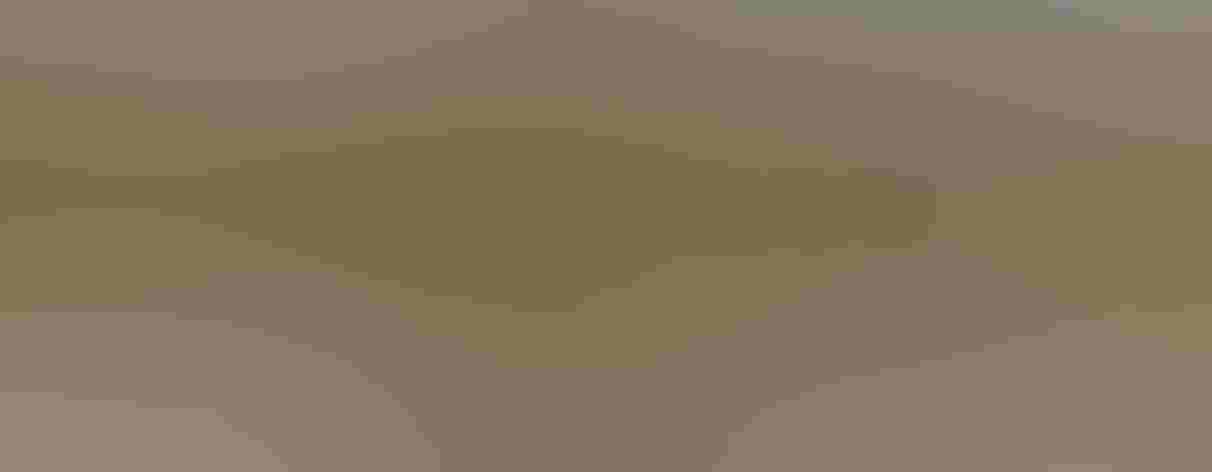Greater Scaup
At a Glance
The more northerly of our two scaup species, the Greater is also found across northern Europe and Asia. Winter flocks on coastal bays may number in the thousands. When a flock is feeding on waters where a tide is running, the birds generally face up-current; there may be a continuous shifting as birds from the back of the flock take off and fly to the front, so that the flock stays in roughly the same position despite the down-current tidal drift of individuals.
All bird guide text and rangemaps adapted from Lives of North American Birds by Kenn Kaufman© 1996, used by permission of Houghton Mifflin Harcourt Publishing Company. All rights reserved.
Category
Diving Ducks, Duck-like Birds
IUCN Status
Least Concern
Habitat
Coasts and Shorelines, Freshwater Wetlands, Lakes, Ponds, and Rivers, Saltwater Wetlands, Tundra and Boreal Habitats
Region
Alaska and The North, California, Eastern Canada, Florida, Great Lakes, Mid Atlantic, New England, Northwest, Plains, Rocky Mountains, Southeast, Southwest, Texas, Western Canada
Behavior
Direct Flight, Swimming
Population
1.200.000
Range & Identification
Migration & Range Maps
Migrates in flocks. Birds from Alaska may winter on either Pacific or Atlantic coast; banding records indicate that the same individual may go to opposite coasts in different winters, probably as a result of joining different flocks.
Description
15-20" (38-51 cm). Very much like Lesser Scaup, but different head shape (more rounded, with highest point toward front of head), larger bill. In flight, shows longer white wing stripe. Male often shows green (not purple) gloss on head, and sides may look whiter than on Lesser Scaup. Females of both scaup may show pale ear patch in summer.
Size
About the size of a Crow, About the size of a Mallard or Herring Gull
Color
Black, Brown, Gray, Green, White
Wing Shape
Pointed
Tail Shape
Rounded, Short, Square-tipped
Songs and Calls
Usually silent; discordant croaking calls on breeding grounds.
Call Pattern
Falling, Flat, Simple
Call Type
Croak/Quack, Scream
Habitat
Lakes, rivers, salt bays, estuaries. In summer on lakes and bogs in semi-open country near northern limits of boreal forest, and out onto tundra. In winter mainly on coastal bays, lagoons, estuaries; some on lakes inland. Overlaps with Lesser Scaup at all seasons, but in winter the Greater tends to be on more open bays, more exposed situations.
Sign up for Audubon's newsletter to learn more about birds like the Greater Scaup
Behavior
Eggs
7-9, sometimes 5-11. Olive buff. Incubation is by female only, 24-28 days.
Young
Female leads young to water shortly after hatching; 2 or more broods may join, tended by 1 or more females. Young feed themselves, are capable of flight 40-45 days after hatching.
Feeding Behavior
Forages by diving and swimming underwater; large food items brought to surface to be eaten. Occasionally forages by dabbling or up-ending in shallow water. May feed at any time of day, or at night, with timing affected by tides in coastal regions.
Diet
Mostly mollusks and plant material. Diet in winter is mainly mussels, clams, oysters, snails, and other mollusks. In summer (and perhaps in winter on fresh water) consumes plants including pondweeds, wild celery, sedges, grasses, and others; also insects and crustaceans.
Nesting
Pair formation occurs mostly in late winter and early spring. Several males may court one female. Display elements of the males include throwing the head back sharply while giving a soft call; exaggerated bowing movements, with bill tip lowered to water and then raised high; flicking wings and tail while giving soft whistled notes. Nest site usually very close to water on island, shoreline, or mats of floating vegetation. Nest is a shallow depression, lined with dead plant material and with down. Female chooses nest site and builds nest. Several nests may be close together in loose colony.
Conservation
Conservation Status
Populations have been declining significantly for the last few decades. The causes for these declines are not well understood, but pollution in coastal areas could be one factor.
Climate Threats Facing the Greater Scaup
Choose a temperature scenario below to see which threats will affect this species as warming increases. The same climate change-driven threats that put birds at risk will affect other wildlife and people, too.






